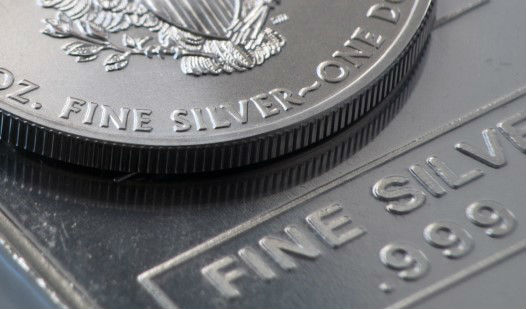Gold Hedging
Mining companies rely on gold trade and prices to make a profit. When the price changes their profit is affected. The purchase of gold for a company’s profit uses gold hedging quite often. Companies that invest in or produce gold are rightfully concerned about the future of gold prices. They want to make sure that their company will not be crippled by a change in gold’s value.
What is Gold Hedging?
Gold hedging locks the value of the gold that a company has in order to be able to sell it for the same price despite changes in the future. This is especially advantageous if the price of gold has gone down. The average percentage of total gold that gold mines hedge is 10%, but there are some that go as far as hedging 300% of their annual production. If the price of gold is predicted to go down, many miners choose to de-hedge their gold in preparation.
Hedging and De-hedging
There was a ten-year low in the price of gold that ended in 2004, which got mines thinking about their hedging strategies. Many decided they needed to sell as much as possible to gain more profit before the price went down again. In 2005, rather than gold hedging, companies chose to de-hedge. AngloGold Ashanti de-hedged by 23%, Barrick Gold de-hedged by 12%, Newcrest de-hedged by 8%, Placer Dome de-hedged by 10%, and Australia’s Sons of Gwalia de-hedged by 12%.
Why lock the price of gold?
Gold hedging allows gold to be hedged or locked in to a certain price today, then if there is a decrease in its value in the future, a company will still be able to sell it for the agreed upon price. Hedging also works the other way and helps gain more profit through buying at a lower price if gold’s value has increased since the time of the deal.



